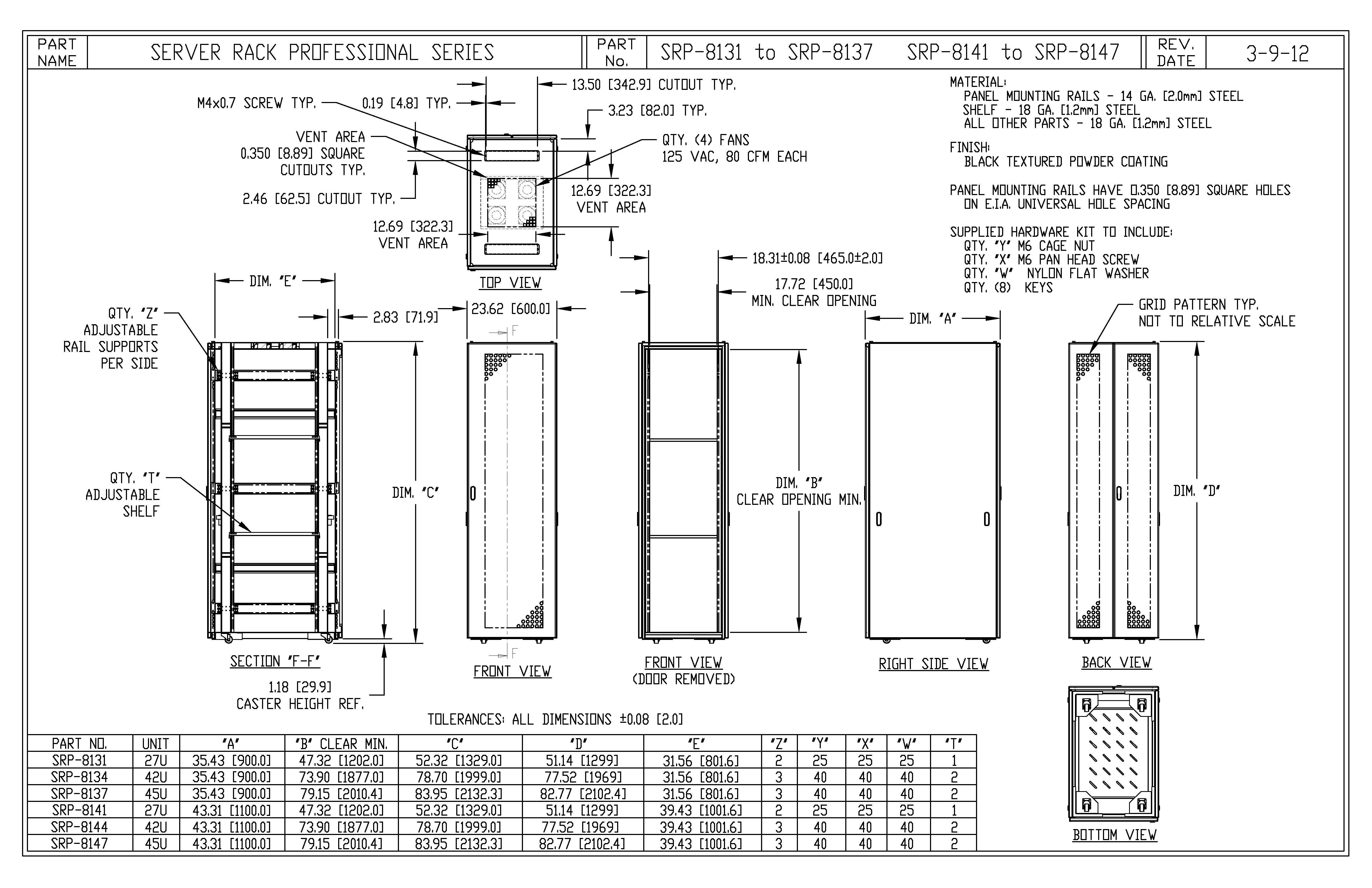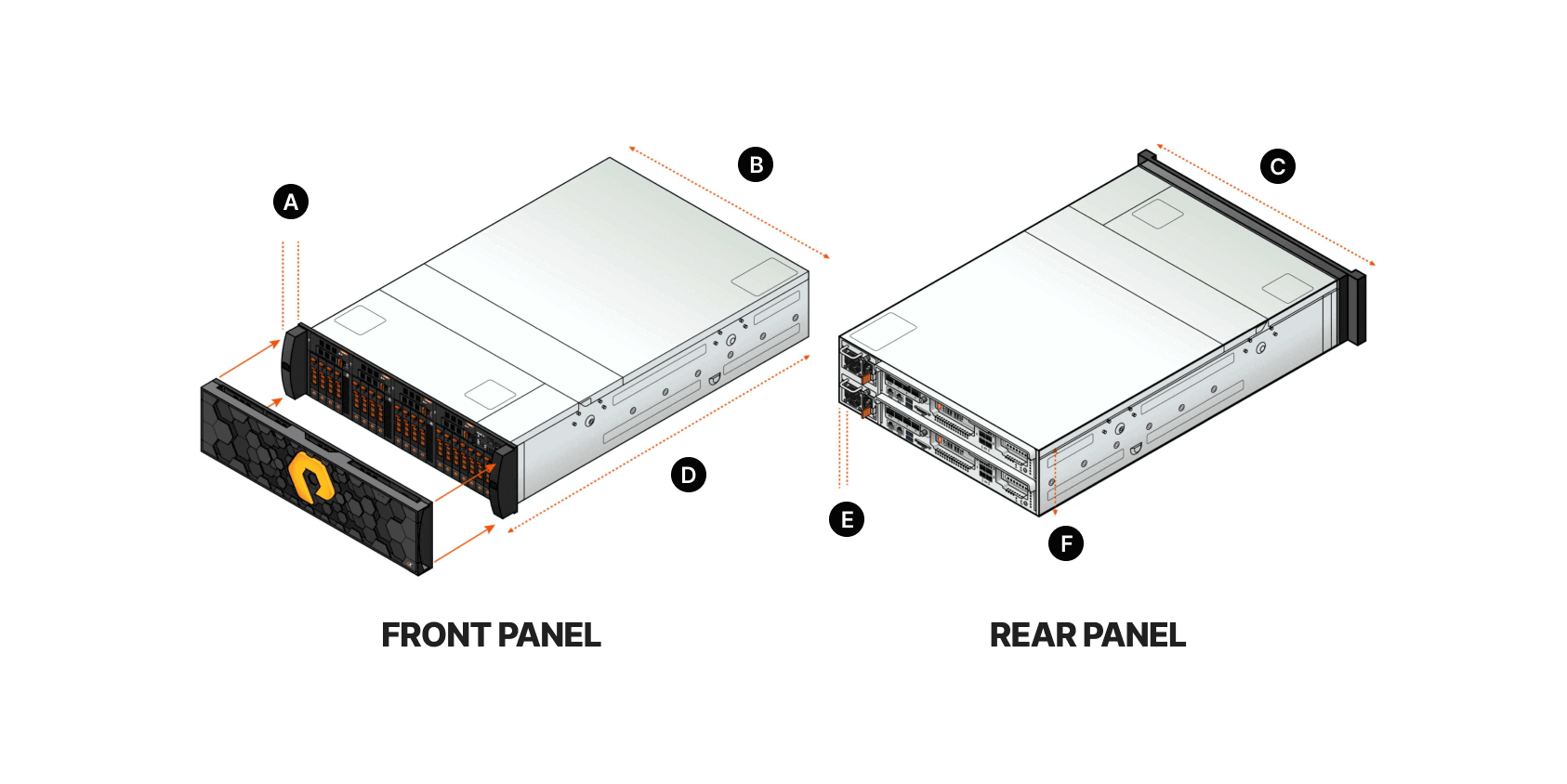Factors Influencing 19-Inch Rack Cabinet Selection

The seemingly simple act of choosing a 19-inch rack cabinet belies a complex web of considerations. It’s not merely a matter of size; the right cabinet is the backbone of any efficient and reliable server room or network infrastructure. The wrong choice can lead to logistical nightmares, compromised equipment, and ultimately, significant financial repercussions. Selecting the appropriate cabinet requires a careful assessment of various factors, from material strength to ventilation efficiency.
Rack Cabinet Materials: Steel versus Aluminum
The choice between steel and aluminum rack cabinets presents a classic trade-off between strength and weight. Steel cabinets, traditionally favored for their robust build and ability to withstand significant weight, offer superior protection for sensitive equipment. However, their heft translates to increased installation difficulty and potentially higher shipping costs. Aluminum cabinets, on the other hand, are lighter and easier to handle, making them preferable for mobile applications or installations where weight is a primary concern. They often boast better corrosion resistance. The downside? Aluminum’s lower tensile strength means it might not offer the same level of protection against physical damage as steel, particularly in demanding environments.
Weight Capacity Considerations
Weight capacity is paramount. Underestimating the combined weight of servers, networking equipment, and cabling can lead to structural failure, potentially causing catastrophic damage to expensive hardware. Always check the manufacturer’s specified weight capacity and add a safety margin to account for future expansion or unexpected loads. For instance, a cabinet intended for a small network closet might suffice for a few lightweight switches and routers, but a server room housing multiple heavy servers would necessitate a cabinet with a significantly higher weight rating – perhaps several hundred kilograms. Failing to consider this could result in a collapsed rack and costly downtime.
Rack Cabinet Features for Specific Applications
The ideal features of a 19-inch rack cabinet vary dramatically depending on the intended application. A server room demands a cabinet with robust ventilation to dissipate heat generated by numerous servers, often incorporating features like perforated doors and integrated fans. Conversely, a network closet might prioritize cable management features such as integrated cable trays and ample space for routing cables neatly. Security considerations, such as lockable doors and reinforced construction, are also crucial, especially in sensitive environments. A small office setup might prioritize aesthetics and compact design, whereas a data center would prioritize scalability and redundancy.
Checklist for 19-Inch Rack Cabinet Selection
Before purchasing, a comprehensive checklist is essential. This should include:
- Weight Capacity: Ensure the cabinet can comfortably support the total weight of all installed equipment, plus a safety margin.
- Ventilation: Assess the cabinet’s ventilation capabilities, considering the heat output of the equipment. Look for perforated doors, fans, or other cooling solutions.
- Cable Management: Check for features that aid in cable organization, such as cable trays, management arms, and ample rear access space.
- Security: Consider the level of security required. Features like lockable doors, keypads, or even biometric access might be necessary.
- Depth and Height: Choose a cabinet with sufficient depth and height to accommodate the equipment and allow for future expansion.
- Material and Construction: Evaluate the durability and robustness of the cabinet’s construction material (steel or aluminum).
- Mounting Rails: Verify the quality and adjustability of the mounting rails to ensure secure and easy installation of equipment.
- Budget: Establish a realistic budget and compare prices from different vendors.
Practical Applications and Case Studies of 19-Inch Rack Cabinets: 19 Rack Cabinet Dimensions

The ubiquitous 19-inch rack cabinet, a seemingly simple metal box, underpins the smooth functioning of countless networks, from sprawling data centers to the modest home office. Its standardized dimensions allow for a modular approach to equipment organization, maximizing space efficiency and simplifying maintenance. Understanding its practical applications is key to harnessing its full potential.
The versatility of the 19-inch rack is evident in its diverse applications. It seamlessly integrates various types of equipment, each requiring specific mounting solutions. Network switches, for example, often occupy several rack units (U), their size determined by the number of ports and features. Servers, typically larger and heavier, might take up a significant portion of the rack’s vertical space. Patch panels, neatly organizing cables, are essential components, while power distribution units (PDUs) ensure the safe and efficient delivery of electricity to all devices. Smaller components, such as network interface cards (NICs) or routers, can be easily accommodated, often mounted in smaller form-factor devices that optimize rack space.
Network Infrastructure in a Small Business
Consider a small business requiring a robust yet manageable network. A 19-inch rack cabinet, perhaps a 12U model, would efficiently house its core infrastructure. At the bottom, a PDU would provide power, with its power cords neatly routed along the rear of the rack. Above it, a network switch with 24 ports would occupy 1U, followed by a patch panel (1U) for organized cabling. A small server, perhaps a virtualized system running essential business applications, might occupy 3U above the patch panel. Finally, a router and firewall, in their own 1U units, would complete the setup. This arrangement allows for easy access to each device, clear cable management, and straightforward maintenance. Careful consideration of airflow is crucial, with potentially the addition of rack-mounted fans to ensure adequate cooling.
Home Use vs. Professional Data Centers: A Configuration Comparison
The requirements for a 19-inch rack cabinet differ significantly between a home setup and a professional data center. A home user might opt for a smaller, shallower cabinet, perhaps a 6U or 9U model, housing a home server, network switch, and a few other components. Cable management might be less critical, and cooling requirements are typically less stringent. In contrast, a data center rack cabinet needs to accommodate much more equipment, often employing denser configurations with higher U-count cabinets. Redundant power supplies, sophisticated cooling systems, and advanced cable management solutions are essential. Data center racks are often designed for higher weight capacities and better security features. The choice of cabinet hinges on scale, performance requirements, and budget considerations.
Rewritten Article on 19-Inch Rack Cabinets, 19 rack cabinet dimensions
The standardized 19-inch rack cabinet is a cornerstone of modern networking and IT infrastructure. Its modular design allows for efficient organization and management of diverse equipment. From compact home setups to large-scale data centers, the versatility of the 19-inch rack is unmatched. Careful planning, considering factors like power requirements, cooling capacity, and cable management, is crucial for optimal performance. Different rack cabinet sizes and configurations cater to specific needs, ensuring that the solution scales appropriately to the size and complexity of the network. Choosing the right rack involves understanding the current and future needs of the system, balancing cost with functionality and maintainability. The resulting system, properly implemented, ensures reliable operation and easy maintenance.
